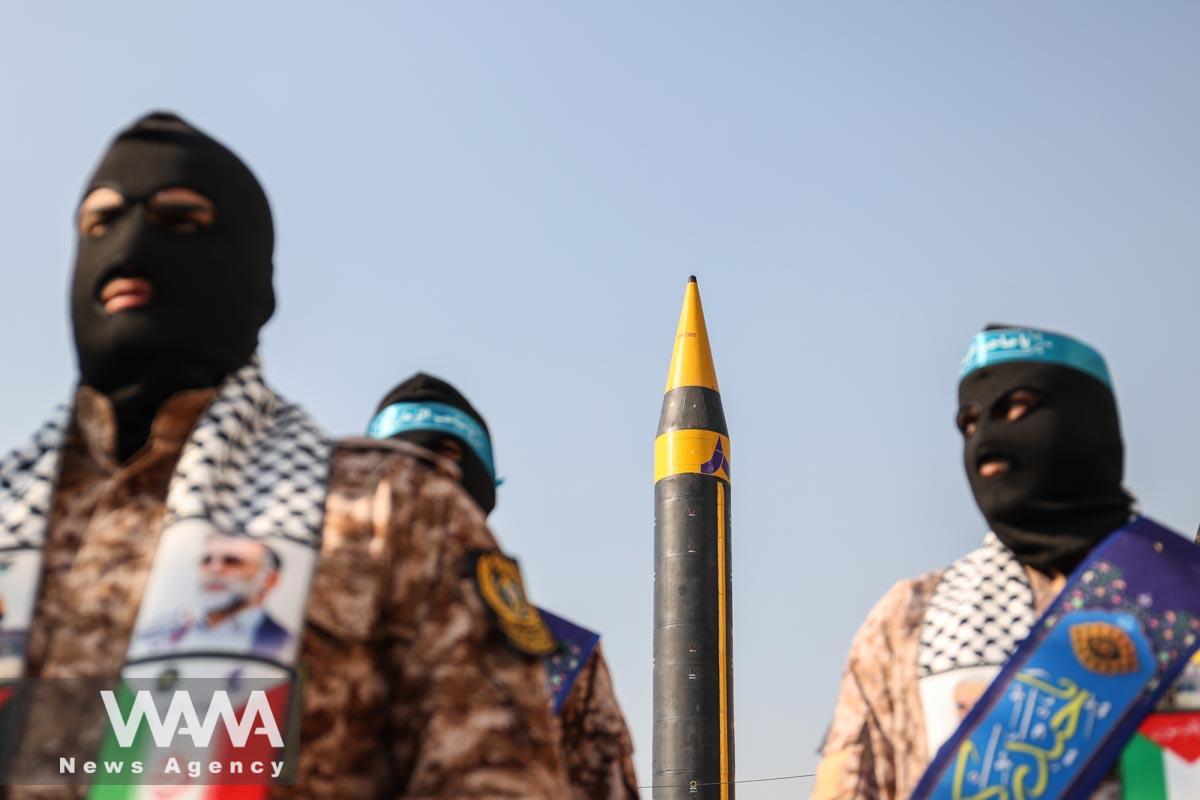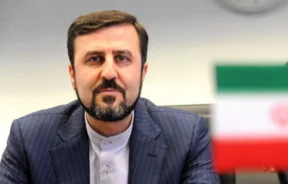Israel’s Fear of IRGC’s New Missile Threat: Sejil, Fattah, and Khorramshahr Aimed at Occupied Territories
WANA (August 06) – On the night of April 13, 2024, in response to the multiple crimes of the Zionist regime, including the attack on the consular section of the Iranian embassy in Damascus and the martyrdom of several of our country’s commanders and military advisors in Syria, the Aerospace Force of the Islamic Revolutionary Guard Corps (IRGC) struck significant targets within the occupied territories with dozens of missiles and drones.
The IRGC’s missile and drone attacks specifically targeted three major military sites of the Zionist regime: the Nevatim and Ramon air bases and the regime’s intelligence base in the occupied Golan Heights known as the Hermon base.
Despite significant efforts by the Zionists to censor their losses, numerous images of missile strikes deep within the occupied territories and some satellite images after the attack were published.
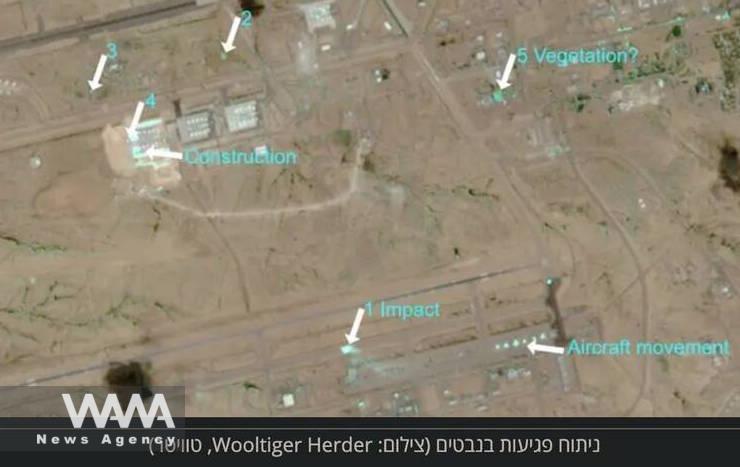
The Israeli website Ma’ariv acknowledged that several Iranian missiles hit the Nevatim base. / WANA News Agency
Israel’s Fear of the IRGC’s Different Approach in “True Promise 2”
A short time after the “True Promise” operation in April of this year, Brigadier General Hajizadeh, commander of the IRGC Aerospace Force, detailed the operation and the types of missiles used in an interview.
Regarding the types of missiles used in the “True Promise” operation, he stated: “We confronted the Zionist enemy with old weapons and minimal capabilities; in this stage, we did not use Khorramshahr, Sejil, Martyr Haj Qassem, Kheibar Shekan 2, and Fattah 2 hypersonic missiles.”
According to various domestic and foreign sources, the “True Promise” operation utilized Kheibar Shekan 1, Rezvan, Qadr, and Emad ballistic missiles, with a significant number successfully hitting their targets despite Israeli air defenses.
Therefore, it can be said that less than half of the IRGC’s real missile capability was used in the previous operation, and Israeli air defenses have yet to face the main challenge and greater threat from Iranian missiles.
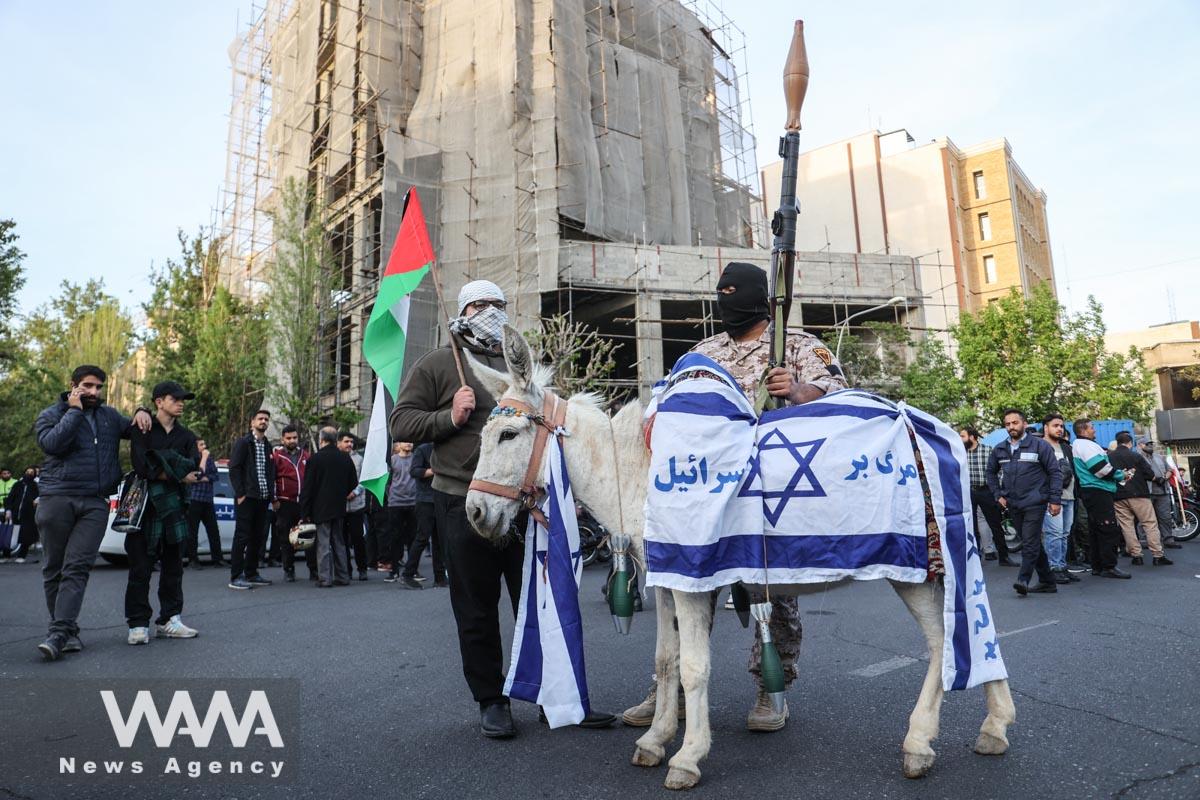
What is the “Black Hole-Punishment” Doing to Israel?
WANA (August 05) – After the missile strike on the U.S. military base in Ain al-Asad, Iraq, and the combined military operation “The True Promise” against Israel carried out by Iran, it is now time for Iran’s third move. The Israeli regime is going through very tough days after the assassination of Ismail Haniyeh […]
Sejil, Fattah, and Khorramshahr Missiles Ready to Fire at Occupied Territories
Although there is no precise information on the timing and nature of a new retaliatory attack by Iran against the Zionist regime, some Zionist sources are already stressed and fearful of the potential use of more powerful Iranian missiles against the occupied territories.
Among all the threats discussed by the Zionists, the Fattah 2 hypersonic missile, with a speed of Mach 10 and the ability to glide and maneuver evasively in the final phase to bypass air defenses, stands out.
In “True Promise 1,” the Zionists faced a simpler version of this threat with the Kheibar Shekan 1 missile and suffered a heavy defeat.
Even in videos published by Zionist settlers, several impacts by the Kheibar Shekan missile warheads at oblique angles can be seen.
Therefore, the hypersonic Fattah 2 missile, with double the speed, has become a nightmare for Israel and might even be used directly to target the regime’s defense systems like Arrow 2/3 and David’s Sling.
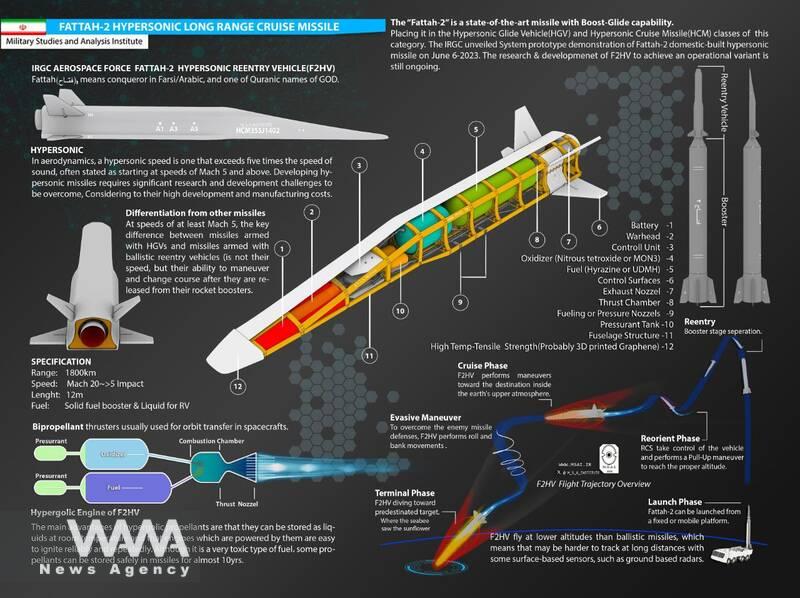
An infographic of the specifications of the Fattah-2 missile in English.
Apart from the Fattah missile, there is also the possibility of using two other powerful long-range Iranian missiles in a new operation: the Sejil and Khorramshahr.
The Sejil is an Iranian solid-fuel medium-range missile with a range of over 2,000 kilometers, very short preparation and launch time, and a maximum speed of nearly Mach 14, giving Israeli air defenses minimal time to react.
The Khorramshahr missile, with a similar range and a heavier warhead (about 2 tons), capable of carrying multiple and cluster warheads, can penetrate the Zionist regime’s defense systems and hit the regime’s most sensitive military and security facilities.
Recently, in a press conference held in the presence of Arab media reporters, Brigadier General Hajizadeh explicitly announced that they are waiting for an opportunity to execute “True Promise 2” against the Zionist regime. He mentioned the number of projectiles fired: “We fired 13 projectiles at the enemy in Ain al-Assad, the number reached 300 in ‘True Promise,’

